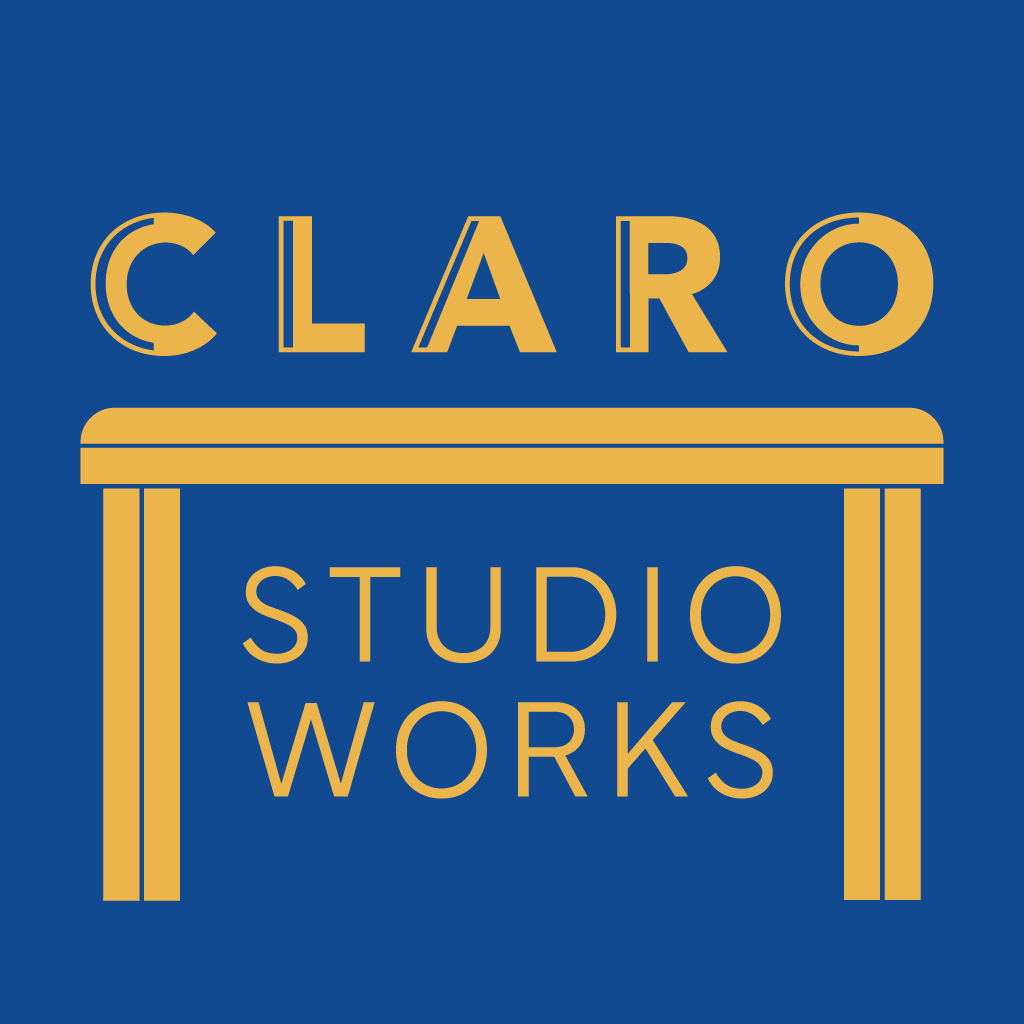Intro
How does an idea go from a sketch in the notebook to a fully functional SFX rig we can offer our clients? Pushing our visual capabilities further requires a lot of trial and error. In this post, we’re going behind the scenes at our food studio to show how our latest builds came to life: the drop tubes.
Initial goals
Over the past few months, it became clear there was a certain capability missing at our food studio. While we often reach for the dropper rig, we needed something that could release many ingredients at once. Often times this would be accomplished utilizing conveyor belt SFX rigs— see work by Drew Smethurst and Geoff Binns-Calvey— but we were looking for more of an energetic rush of ingredients in a directional stream—and once you’ve got one stream, well… you’ve gotta crash two together, right? That meant building at least two. And once you have two, they need to be synchronized to release at the same time.
The initial concept was born at the end of a shoot day while chasing some extra credit from the shotlist. Digging through our shelf of “potentially useful things,” we pulled together a MacGyver-grade pile of knickknacks: paper towel tubes, fishing line, corks, and a dual-sided clamp. Let’s just say calling it a “proof of concept” would be generous:
Back to the Drawing Board
Clearly, we couldn’t be relying on paper towel tubes. Over the following weeks, we iterated on the initial concept, testing different materials—but we kept running into the same problems. The design itself was flawed. Yanking the stoppers out from below just wasn’t going to cut it. The issues?
- Unreliable (50% failure rate)
- Required too many C-stands
- Stoppers flew into frame and compromised shots
It was time to go back to square one, so I made a fresh list of goals for the SFX rig redesign. The new drop tubes needed to be:
- Self-contained
- Waterproof
- Easy to clean and reload
- Wider, to accommodate more ingredients
- Synchronized
Biggest takeaway? Start early. The longer the runway, the better the results.
Prototype and Design
I keep a drawer of different-sized cheese plates at our food studio that function like LEGOs when building new SFX rigs. It’s a low-cost way to explore concepts before committing to more serious materials like extruded aluminum and custom-fabricated pieces. Using these as a foundation, I started sketching out a working prototype to base the final build on.
The toughest challenge in this phase? Designing a reliable way to hold and release the ingredients. It had to stay connected to the SFX rig. I explored options with hinges and vertical pneumatic slides, but the solution came from my camera assistant days: good old bongo ties. They’ve saved my bacon more than once—and came through yet again.
With that figured out, I sourced the final materials: dual-rod pneumatic actuators, extruded aluminum, polycarbonate tubing, and a handful of milled parts to mount baby pins and steel cable ties. Safe to say: this build would beat the hell out of wine corks and paper towel tubes.
One stop at a buddy’s metal shop to fabricate a custom part, and we were ready to assemble.
Testing
Parts ordered. Sparks flew. Drop tubes assembled.
Time to put them through their paces and see if they actually met the goals. Over the next few days, I loaded the tubes with dry, liquid, and semi-liquid ingredients—testing for reliability, ease of use, and clean-up. And… wow. There’s something deeply satisfying about watching an idea bounce out of your head and come to life in the studio.
One small hitch: the tube caps were holding a small amount of ingredients that flung unpredictably across the set when triggered. I solved it by overfilling the caps with expanding waterproof foam to create a soft dome that pressed into the tube. That extra fraction of a second made all the difference. Once cured and painted, they worked beautifully.
For Real This Time...
Shortly after we added the drop tubes to our SFX rig lineup, we were brought onto the perfect project to send them on their maiden voyage: slow-motion beauty shots for a plant milk campaign.
During a one-day shoot at our food studio, the drop tubes performed beautifully, capturing buttery slow motion footage of almonds falling into pools of milk and milk pours colliding with streams of nuts and berries. We even combined them with our jump table to create stunning multi-axis movements right in front of the lens. The drop tubes handled everything without breaking a sweat.
The client was thrilled. After a full day of “oohs” and “aahs” watching playback, we wrapped another successful shoot and packed up the newest additions to our SFX arsenal. From a half-baked idea and some paper towel tubes to a polished SFX rig that delivered on set—this is exactly why I love what we do.
